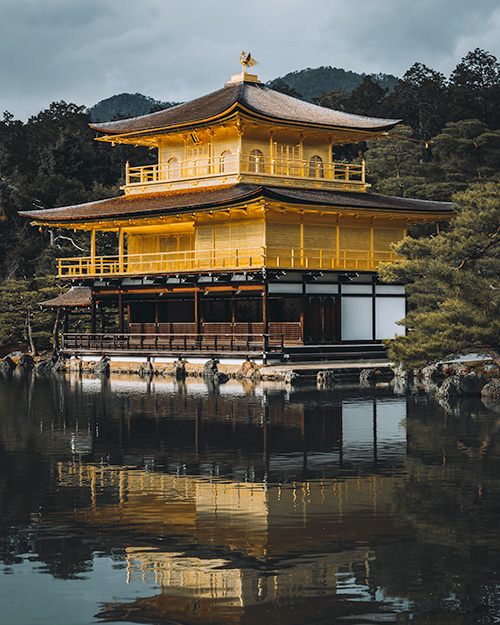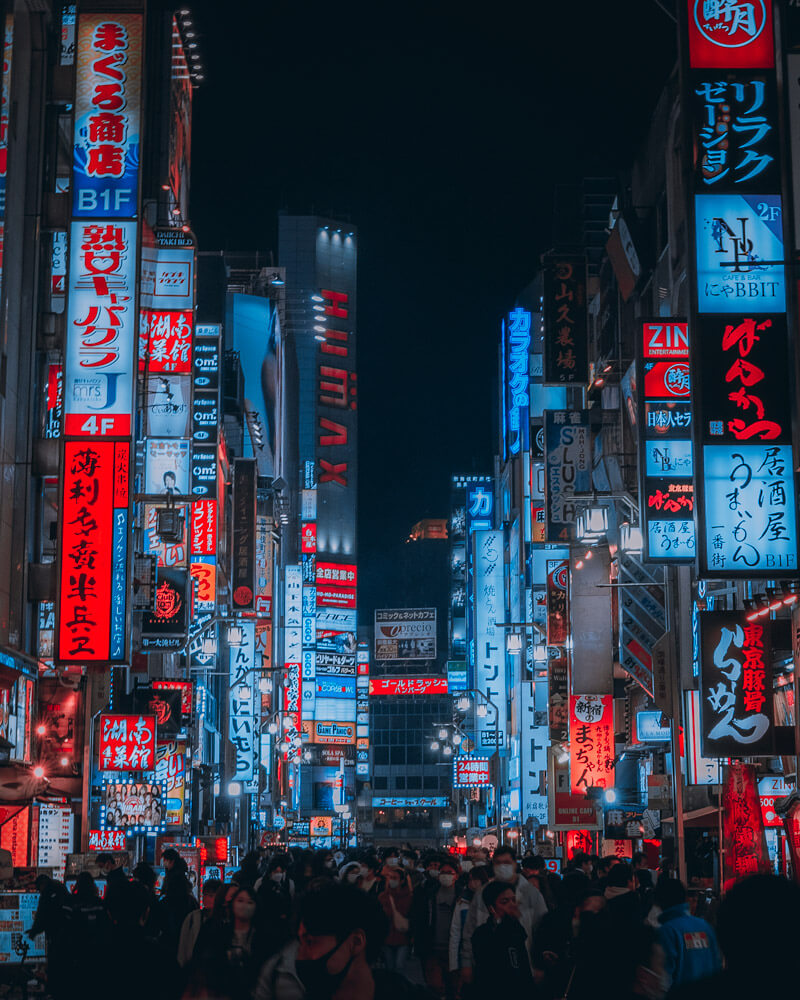How to get to the Japanese Snow Monkey Park
You must be here because you have seen the natural phenomenon that takes place at Snow Monkey Park in Japan. We were in the same boat and wanted to see it for ourselves. We had watched David Attenborough explain the behaviour of the famous Japanese macaques on Frozen Planet and were fascinated.
Located in the Japanese Alps, near the onsen town of Yudanaka, these primates copied human behaviour by bathing in the hot springs to escape the winter cold. The locals decided to build the monkeys their own pool so they didn’t have to share anymore. This became the famous Jigokudani Monkey Park that tourists flock to each year.
Although the park is a very popular place, it’s certainly off the beaten path and requires a good amount of planning to visit. We were lucky enough to go here in December 2022, so we can share our experience and all the information to hopefully make your life easier.
Continue reading for the details, we hope it helps!
Disclaimer: This post contains affiliate links for products and services that we genuinely recommend. These help us earn a small commission at no additional cost to you.
Contents
- How to get to the Japanese Snow Monkey Park
- Best time to visit the Japanese Snow Monkey Park
- Where to stay near the Japanese Snow Monkey Park
Essential Travel Tools
Flights: Skyscanner
Transport: 12GoAsia
Accommodation: Booking.com
Tours: Viator/Klook
Car hire: Discover Cars
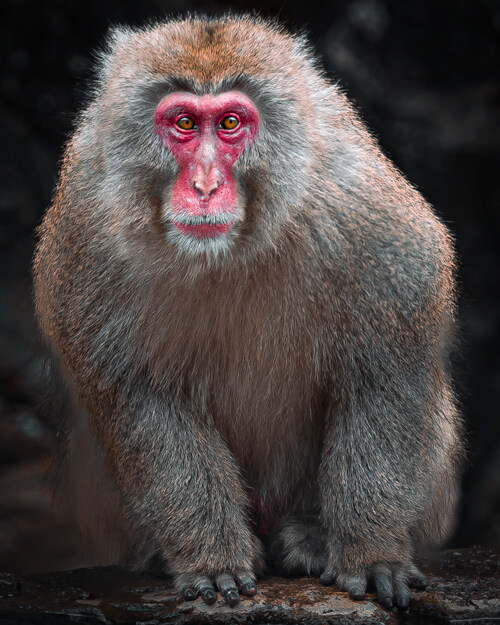
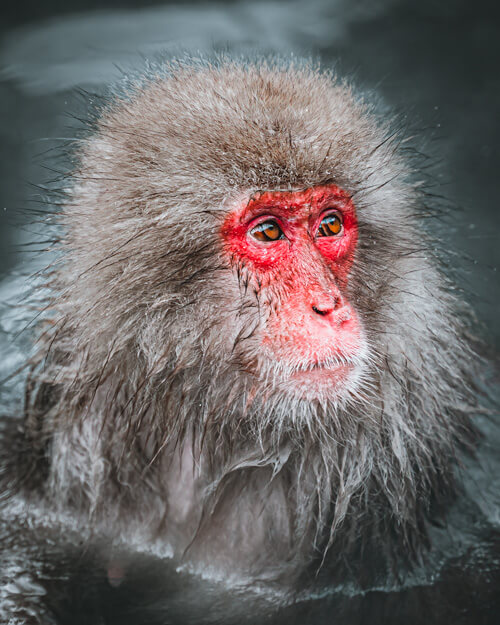
How to get to the Japanese Snow Monkey Park
Step one: Getting to Nagano
The first step is getting yourself to the city of Nagano. The former host of the winter Olympics is the transport hub in this region of Japan, including connections to ski resorts, onsen towns and what we care about most, the Snow Monkey Park!
The fastest and easiest way to get there is via the bullet train, specifically the Hokuriku Shinkansen line which connects Tokyo and Kanawaza. This journey takes 80 minutes from Tokyo Station and costs around JPY9000 (£57.50).
If you are on a budget, the highway buses in Japan are a fantastic money saver. They obviously take longer however like most things in Japan, they are punctual and efficient. Unlike buses in other countries, they are actually rather pleasant!
There are various bus companies, we found going to the bus station in person the easiest way of booking bus tickets. The bus from Tokyo to Nagano should cost around JPY3000 (£19.18) and take approximately 4 hours.
If you aren’t travelling from Tokyo, there are plenty of options for travelling more locally within the Japanese Alps regions. For example, we travelled from Matsumoto via local trains which worked out very cheap!
Note: If the time it takes to get to Nagano is too long it will not be possible to day trip to the Snow Monkeys, continue reading to find out where you could stay nearby!
Step two: Getting to Jigokudani Snow Monkey Park
There are two options for getting to Jigokudani Snow Monkey Park.
Option one: getting the express bus from Nagano Station direct to the Snow Monkey Park. You will still have to walk the 30 minutes to see the monkeys but this is a more convenient approach. Purchase your tickets from the driver for JPY1,500 (£9.59) per person and enjoy the 40-minute journey to the park. Find the bus on the east of Nagano Station and bus stop No.23. Check out the timetable here.
Option two: get the train to Yudanaka Station followed by a local bus to the Snow Monkey Park. This is the option we chose as the express bus doesn’t run as frequently. The whole of this journey will cost about the same as the express bus, around JPY1,500 (£9.59) per person. The train and the local bus timetables are synced up so as soon as you get off the train, you can board the bus.
Tip: If like us, you miss the bus from the Snow Monkey Park back to Yudanaka, or you fancy a bit of a longer walk, we recommend walking back to the station. The walk will take about 20 minutes through the adorable Shibu Onsen town.
Step four: Getting to the Japanese Snow Monkey Park
Once you disembark the bus at the Snow Monkey bus stop you will have a 30-40 minute walk to the Snow Monkey pool itself.
From the bus stop, follow the signs uphill until you get to the Snow Monkey Park visitor centre. There is a little shop here where you can rent hiking boots and crampons if you aren’t wearing appropriate footwear. The path through the forest is well-maintained and fairly flat but can be a little icy. We wore boots on this trip and saw others in trainers, just to give you an idea.
From the visitor centre, the path continues for 1.6km through the pine forest and up a set of stairs to reach the official ticket booth of the park. A couple of minutes after the ticket booth you will reach the pools with the monkeys.
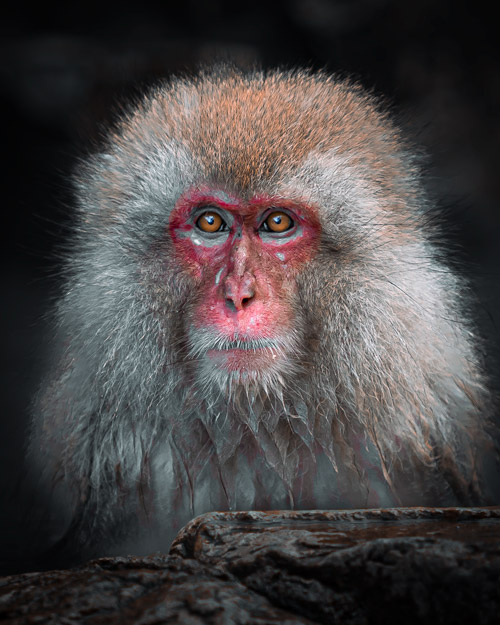
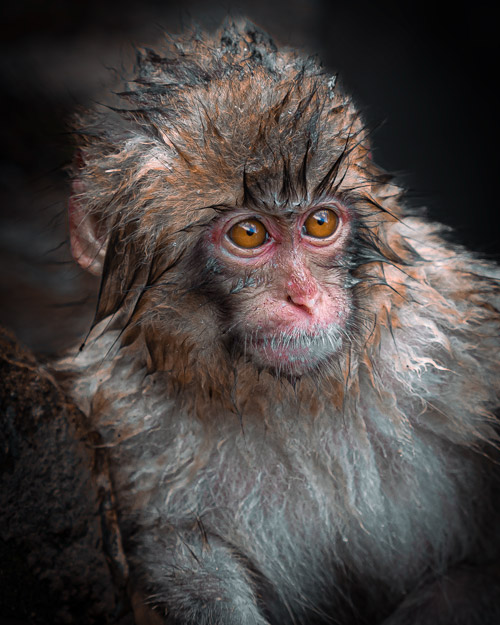
Best time to visit the Japanese Snow Monkey Park
The park is open all year-round. If like us, you want to see the famous image of the steamy monkeys in the hot spring surrounded by thick fresh snow, there is only really one time of year to visit, winter!
This is because the monkeys will typically only enter the hot spring when it is cold enough that they feel the need to do so. We had read reviews from visitors who went at other times of the year and reported none of the monkeys was in the water. Seeing that behaviour is the whole point of making the journey to the park.
Also, you can’t have Snow Monkeys without the Snow right?! Therefore, late December till March is the best time to guarantee the magical winter scene we are all imagining.
Opening times and admission fees
Tickets to the Snow Monkey Park cost JPY800 (£5.11) for adults and JPY400 (£2.56) for children. Infants aged 0-5 are free of charge.
The park is open every day of the year (depending on the weather conditions). Opening hours vary during the seasons.
April to October (Green Season): 08:30 – 17:00
November to March (Winter Season): 09:00 – 16:00
Allocate around 1-2 hours to spend at the park. Check out the live camera to judge the best time of day to visit the park.
Where to stay near the Japanese Snow Monkey Park
We visited on a day trip from Matsumoto and trust us when we say, it is a very long day! We spent around eight hours travelling to only spend one hour at the park. Therefore, we wished we had stayed near the monkeys and explored more of the area. Especially when we saw the adorable onsen town nearby.
Shibu Onsen
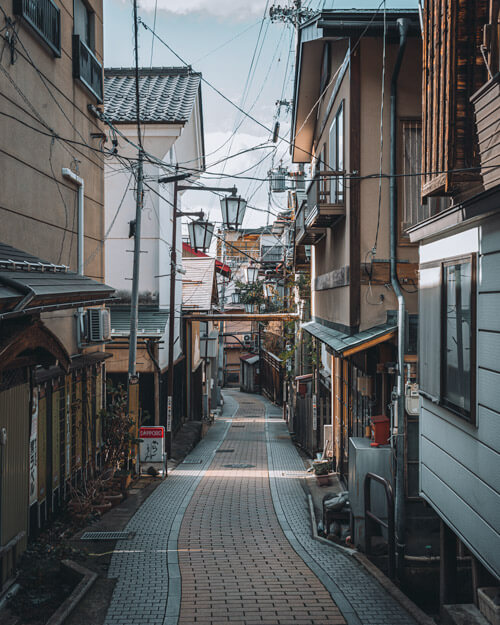
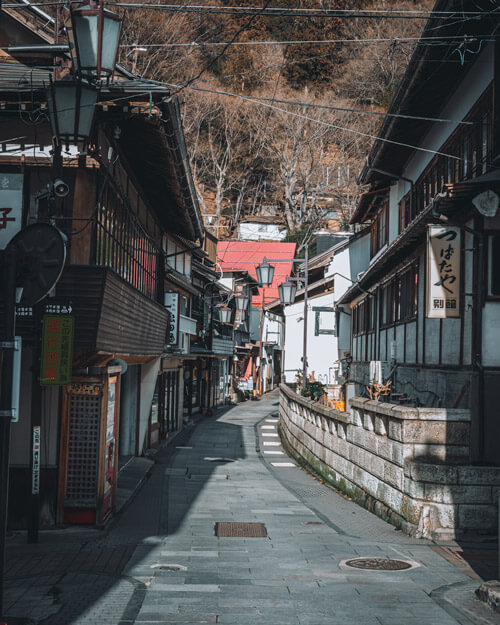
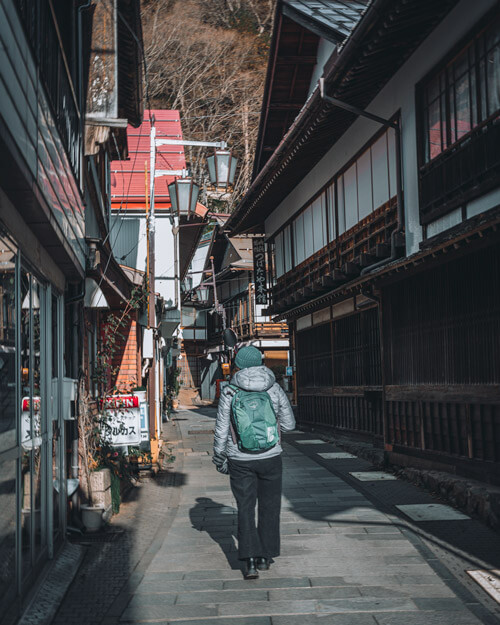
We missed the bus from the monkey park to Yudanaka and decided to walk instead of waiting around. We couldn’t believe our eyes as we strolled through the most charming onsen town nestled in the mountains of the Japanese Alps. Tourists in traditional garments were hopping between the nine public baths. It is safe to say we had some serious FOMO!
Not only is the monkey park on the doorstep, but you can also access the skiing slopes from here. This sounds like the perfect winter getaway and we wish we had known before it was too late. We even edited our one-week Japanese Alps Itinerary to include this gem.
Shibu Onsen Koishiya Ryokan
Price: JPY ~12500 (£80)
Traditional stay in a Ryokan, rooms are large and of traditional Japanese style which will add to the experience of staying in Shibu Onsen. Although the Ryokan does not have an onsen on-site, it provides free access to all nine public baths within the onsen town.
This accommodation is great value as some ryokans are triple the price! It also has many glowing reviews to support it as a perfect choice to stay in Shibu Onsen.
Final Thoughts
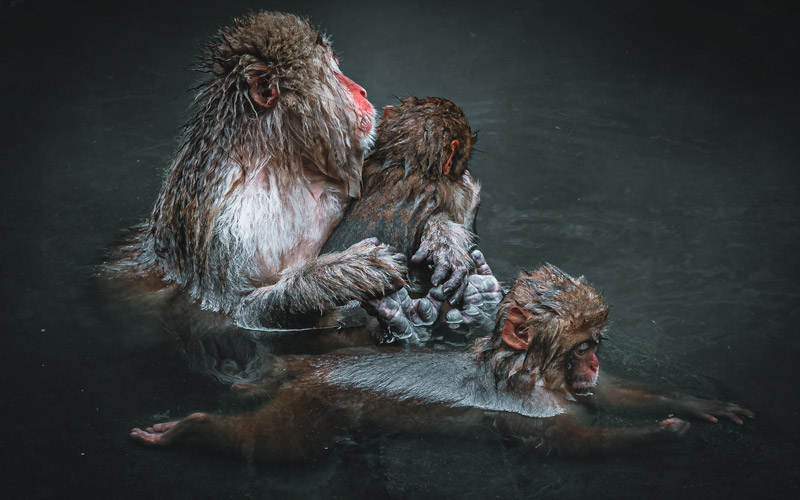
After seeing this on TV, we were incredibly excited to see the Snow Monkeys for ourselves. However, what you see on television doesn’t always reflect reality. There is a singular pool the monkeys bathe in which seems quite small when you see the crowds gathering around to take a picture.
Whilst the monkeys are wild animals and are naturally going into the pool, the park rangers also feed the monkeys to keep them in the area. Once all of the monkeys left the pool and headed uphill, the feed buckets were brought out to draw them back down.
We would say this is something worth seeing if you are in the area and want to combine it with other activities such as the onsens, ice festivals or skiing but it’s a long way to go and requires a lot of effort if not.
If you are a photographer and enjoy capturing animal behaviour then you will most likely enjoy this experience.
If you found this post useful, BOOKMARK it for later and SHARE it with your friends or…
Are you on Pinterest? PIN IT!
Thank you for reading our post on the Japanese Snow Monkeys. If you have any thoughts, why not add them to the comments box below? 🙂
Travelling to Japan? Check out our other Japanese guides for some travel tips and inspiration:


